The Art of Colour in Interior Design:
Crafting Harmony in Your Space
Hello, colour connoisseurs! Today, we’re exploring the art of colour in interior design. Colour is not just about aesthetics; it’s a powerful tool that can alter mood, create illusions, and bring harmony to a space. Let’s dive into how you can use colour to enhance the luxury and elegance of your interiors.
Table of Contents
Understanding Colour Psychology
Colours have the power to evoke emotions and set the mood of a room. Soft blues and greens are calming, while reds and oranges are energizing. In luxurious spaces, choosing the right colours can create an ambiance of sophistication and comfort.
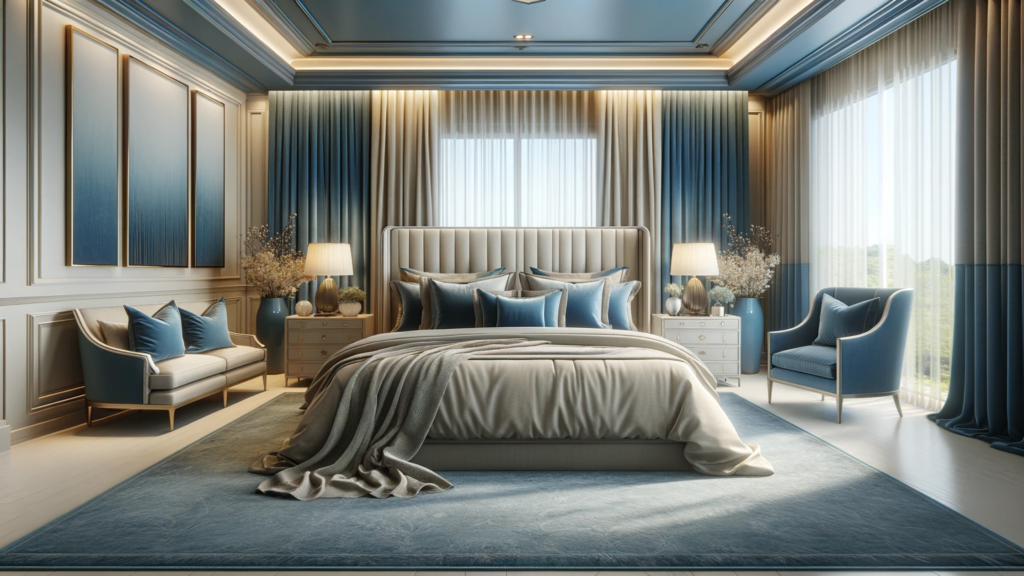
Creating a Balanced Palette
Harmony is key in colour selection. The art of colour in interior design is about finding the right balance between contrasting and complementary colours. Use a dominant colour for walls and flooring, and accentuate with secondary colours through decor and furnishings.
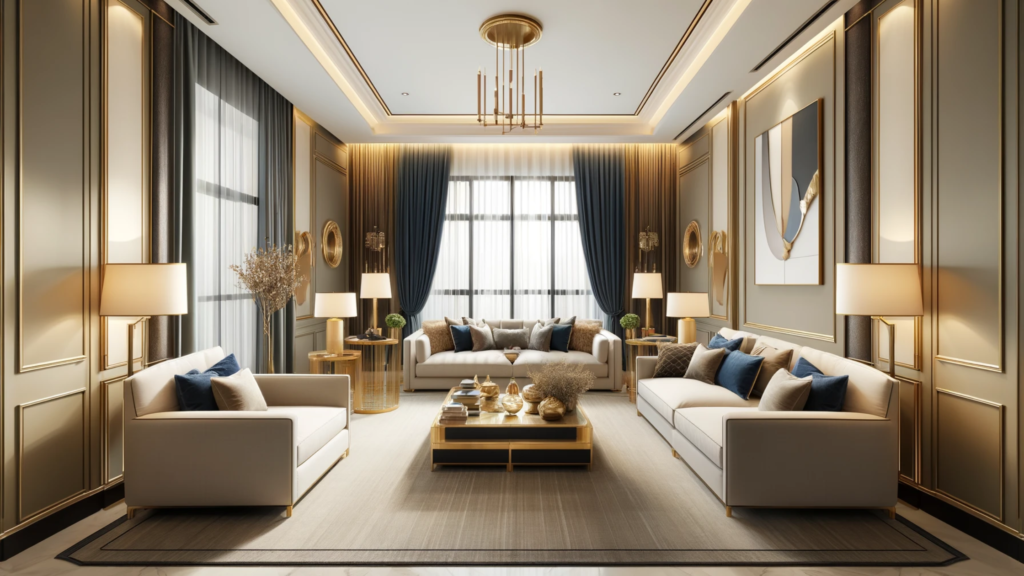
The Role of Neutrals
Neutrals are the foundation of elegant interior design. They provide a backdrop against which other colours can stand out. Creams, beiges, and grays are versatile and timeless, making them perfect for luxury spaces.
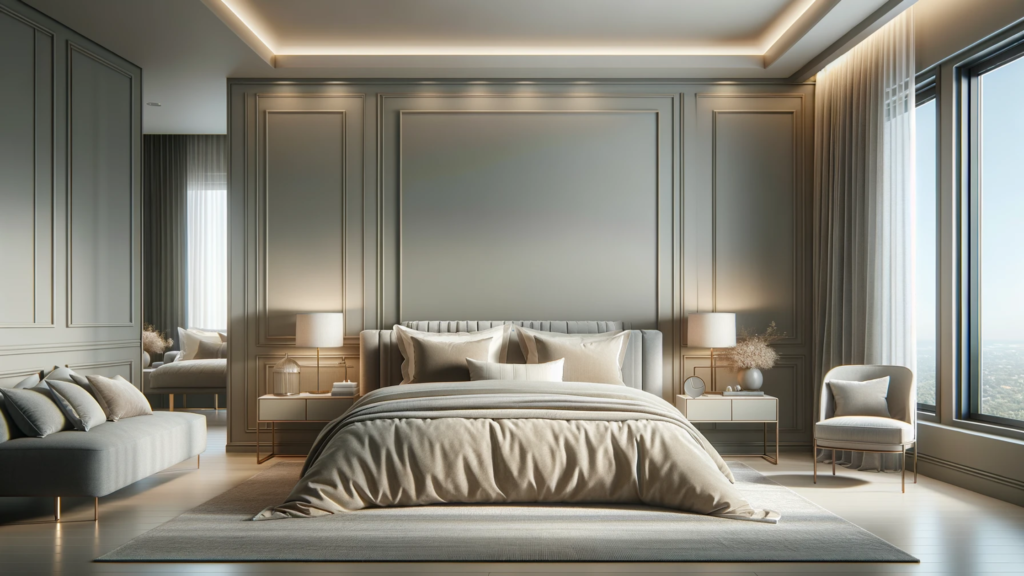
Accent Colours for Character
Accent colours add depth and interest to a space. A splash of colour in a neutral room be it through a vibrant painting, colourful cushions, or a statement piece of furniture can elevate the entire design.
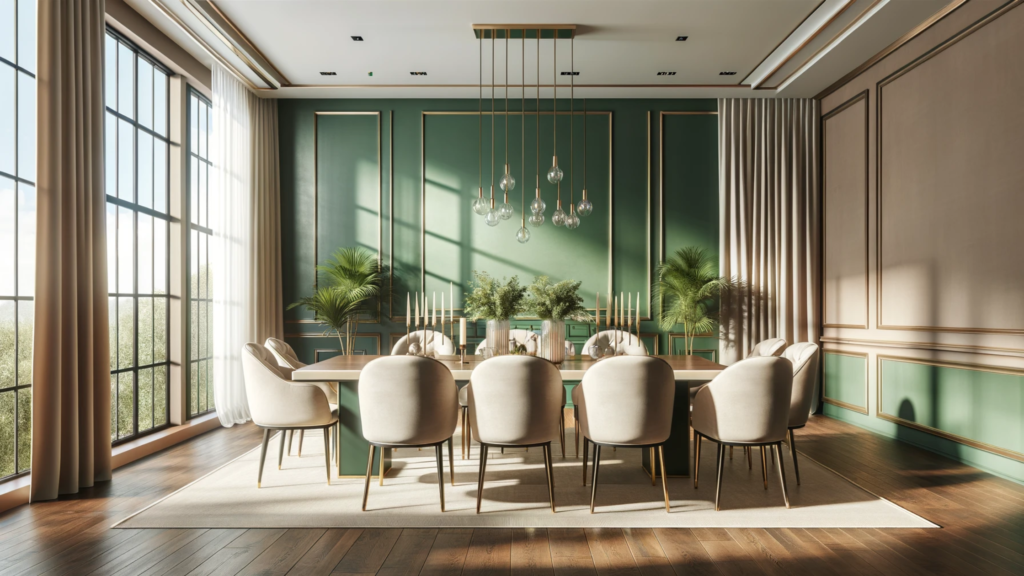
The Importance of Lighting
Lighting can significantly impact how colours look in a space. Natural light brings out the truest hue, while artificial light can alter perceptions of colour. Test your colours in different lighting conditions to see how they truly look in your space.
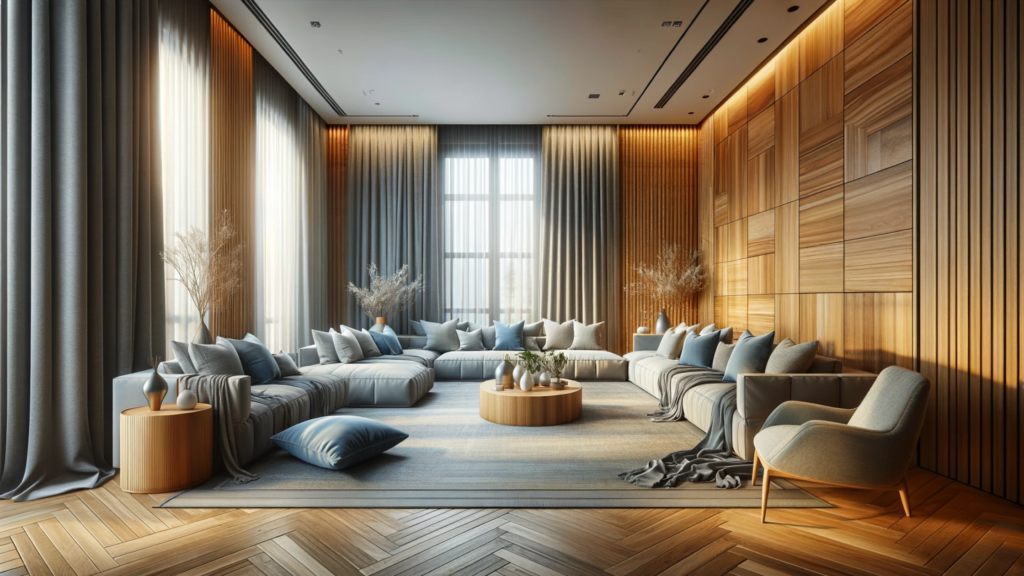
Textures and Colour
Textures bring colours to life. A rich, velvet fabric in deep green or a sleek, glossy finish in midnight blue can add layers of luxury to your space, creating a tactile experience that complements the visual appeal.2
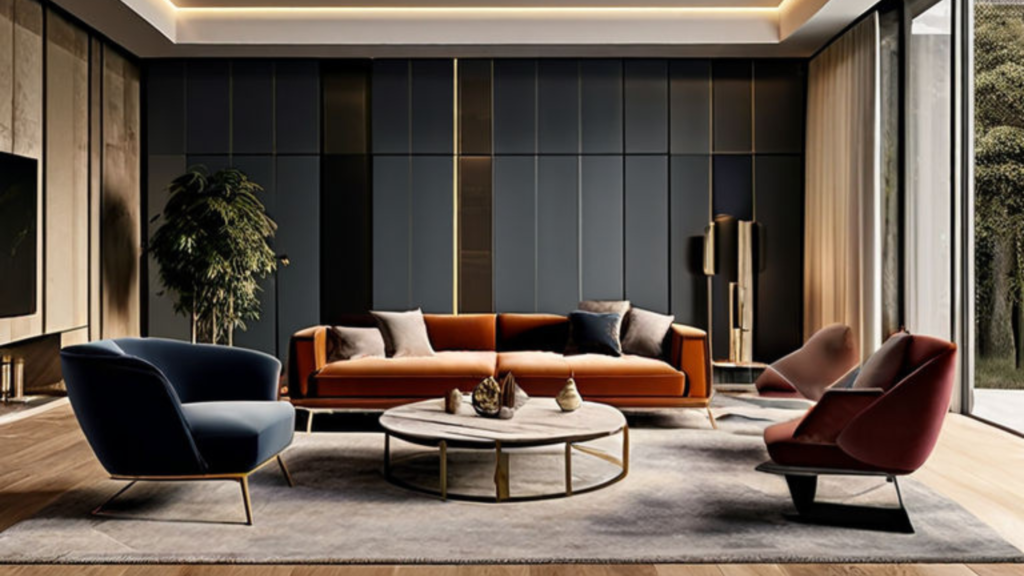
Colour is a potent tool in the arsenal of interior design, especially when crafting luxurious spaces. It’s about more than just picking shades you like; it’s about creating a cohesive, harmonious environment that resonates with luxury and comfort. Whether you’re going bold or staying subdued, remember that colour can transform your space into a masterpiece of design. Explore our projects to better understand the art of colour in interior design.
Conclusion
The texture is the unsung hero of the interior design – it makes a beautiful room a wonderful experience. When you think about thinking, add prosperity, depth and character that increases your inner part from flat to fantastic. Whether it is a rustic attraction of raw wood, silk delesee or drama of a stone function, every texture tells a story.
In luxury interiors, texture is more than just one design element – this is a feeling. It invites the touch, does the opposite and creates visual harmony. Therefore, when designing your place, just don’t think about what it looks like – think what it feels like.
Become a curate canvas of your home touch beauty – where each surface, clothing and finish speak to your comfort, style and a sense of sophistication. Because the true luxury remains in the description – and texture is the description that makes all the differences.
Frequently Asked Questions (FAQs)
How can I incorporate bold colours without overwhelming the space?
Use them as accents – a single wall, a piece of art, or throw pillows can bring bold colours into a room without overpowering it.
Can I mix warm and cool colours?
Absolutely! It’s all about balance. Pairing warm and cool colours can create a dynamic yet harmonious look.
What’s the best way to choose a colour palette?
Start with a base of neutrals and build from there. Consider the room’s purpose, lighting, and your personal preferences.
SJ DESIGN CONSULTANTS
Transforming your vision into reality. Explore designs that inspire, elevate, and redefine your lifestyle with SJ Design Consultants.
